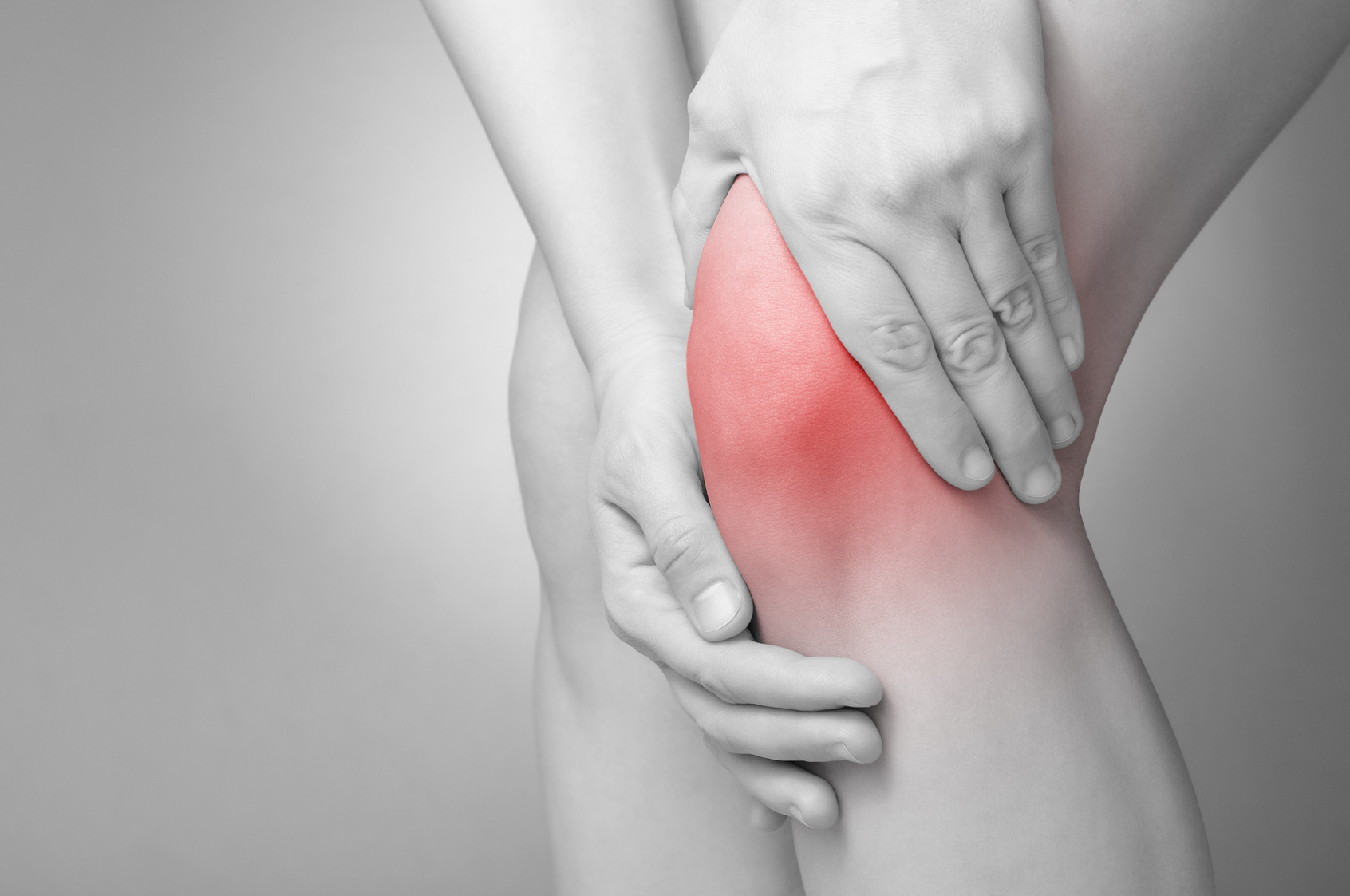Also known as bursa inflammation, bursitis refers to inflammation of the small fluid-filled sacs (bursae) that contain synovial fluid and act as cushions for the bones, tendons, muscles, and skin in your body. This condition is most often seen in shoulders, elbows, and hips but also commonly affects knees, heels, and even toes. When bursae are inflamed, movement that requires using the affected area can become extremely difficult and painful, and it has the added problem of even adding to the inflammation that is already there. If you suspect that you may have bursitis, it is important to visit an orthopedic specialist as soon as possible.
Signs and Symptoms
Symptoms of bursitis come in varying degrees that you need to be aware of. Someone with bursitis might feel a localized warmth in the affected area, or the skin in the affected area might be redder in color than surrounding skin. Joint pain and stiffness are also common. Some will even experience a sharper, stinging pain. Any of these symptoms could be accompanied with a fever.
Causes
Bursitis can be caused by repetitive movement over a long period of time, or it can be brought on suddenly by a serious injury. Even minor, everyday movements like throwing a baseball or lifting heavy objects can be a factor. Another cause is excessive pressure, such as leaning on the elbows for extended periods of time or kneeling frequently. Bursitis can be brought on by other inflammatory conditions such as gout, rheumatoid arthritis, and scleroderma.
Treatment
There are multiple routes you can take depending on your particular case of bursitis. Sometimes, especially in the case of bursitis brought on by injury, it is enough to avoid activities that aggravate the affected area, to rest the area, and to apply ice. Other times, you may need to take an over-the-counter anti-inflammatory medicine or a prescribed antibiotic. A doctor might inject a corticosteroid to reduce inflammation if the bursitis is not infectious; if it is infectious, the bursa will be drained with a needle. Physical therapy can also be a good option for strengthening the muscles surrounding the affected area, which can help to prevent the recurrence of bursitis. Sometimes, though rarely, surgery to remove the bursa may be necessary.
Prevention
It is best to avoid applying pressure to your joints for extended periods of time, such as when kneeling, leaning on elbows, or even sitting on a hard surface. Kneeling pads can help those who have to kneel frequently, as is the case in professions like carpentry and house cleaning. When lifting heavy objects, it is best to observe good lifting practices and bend with your knees as you lift, so as to avoid excessive pressure on your hips. Maintaining a healthy weight can also help to reduce stress on joints, and regular exercise paired with ample stretching will go a long way in strengthening your joints.

